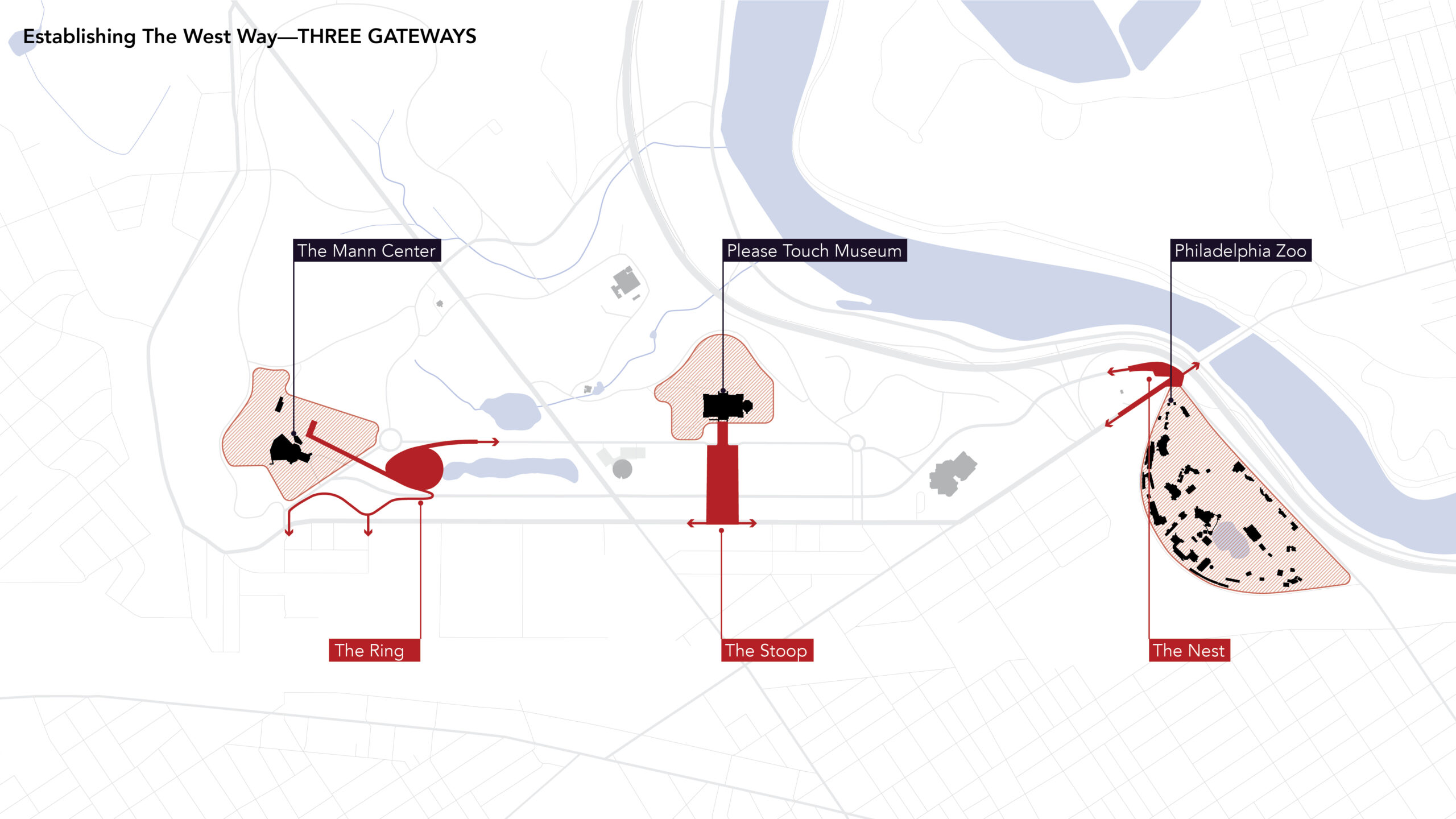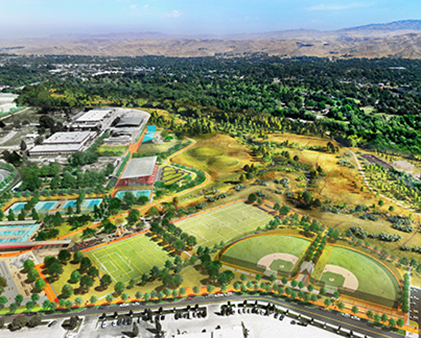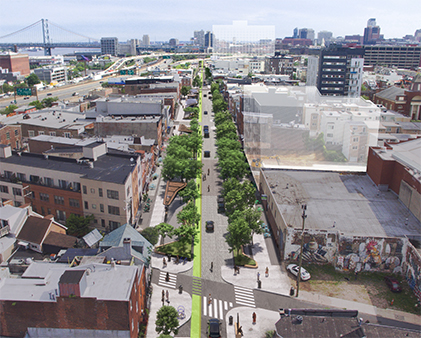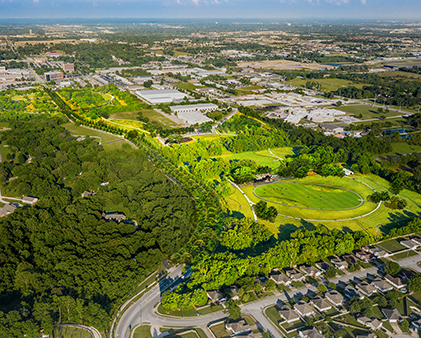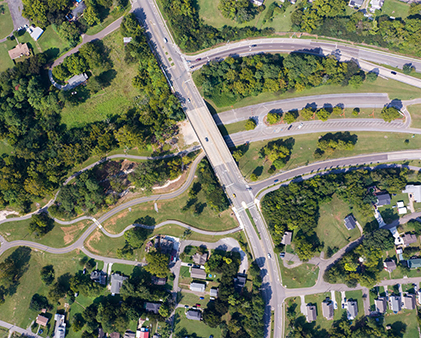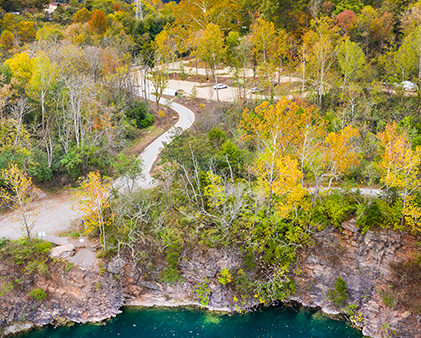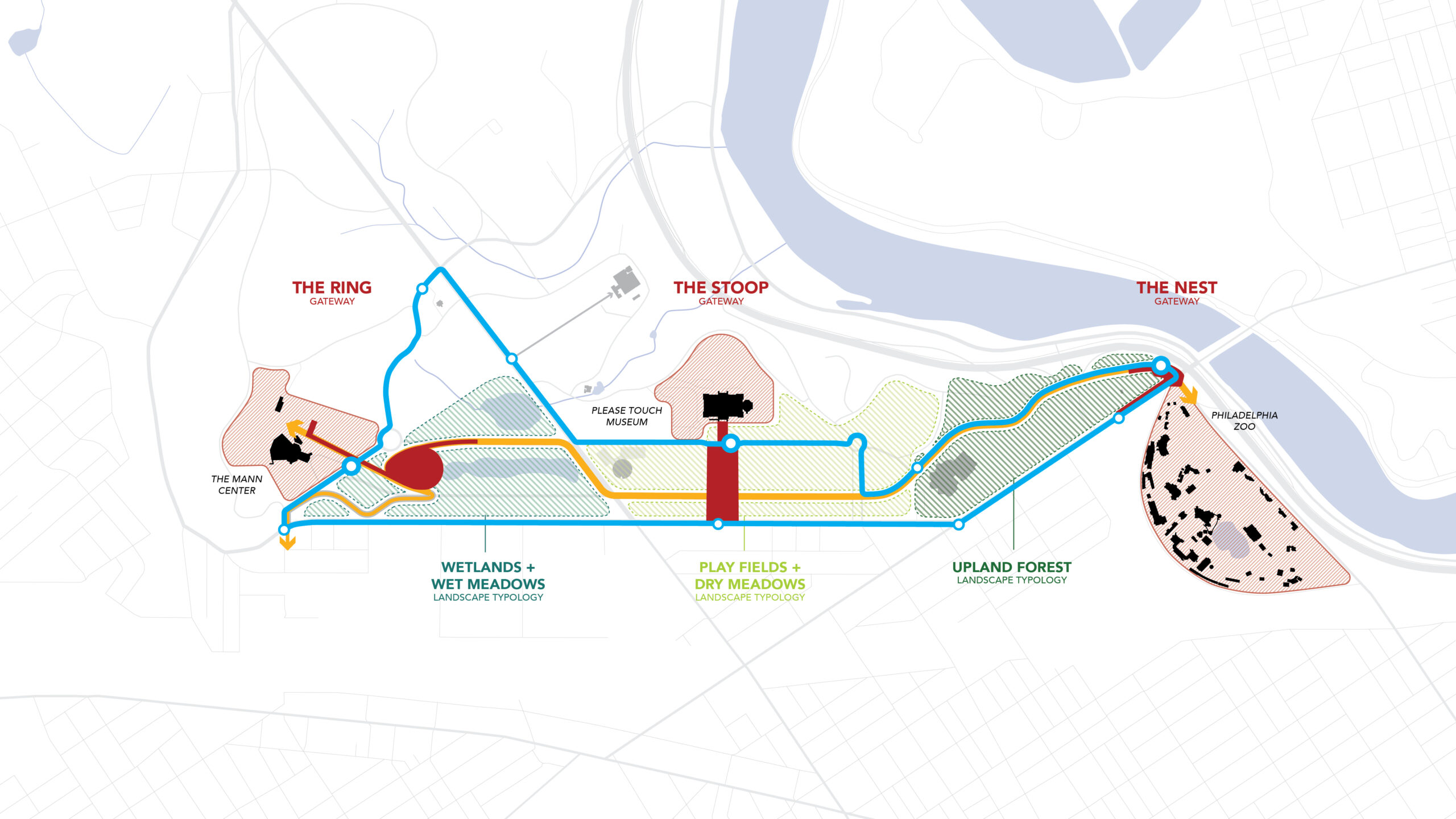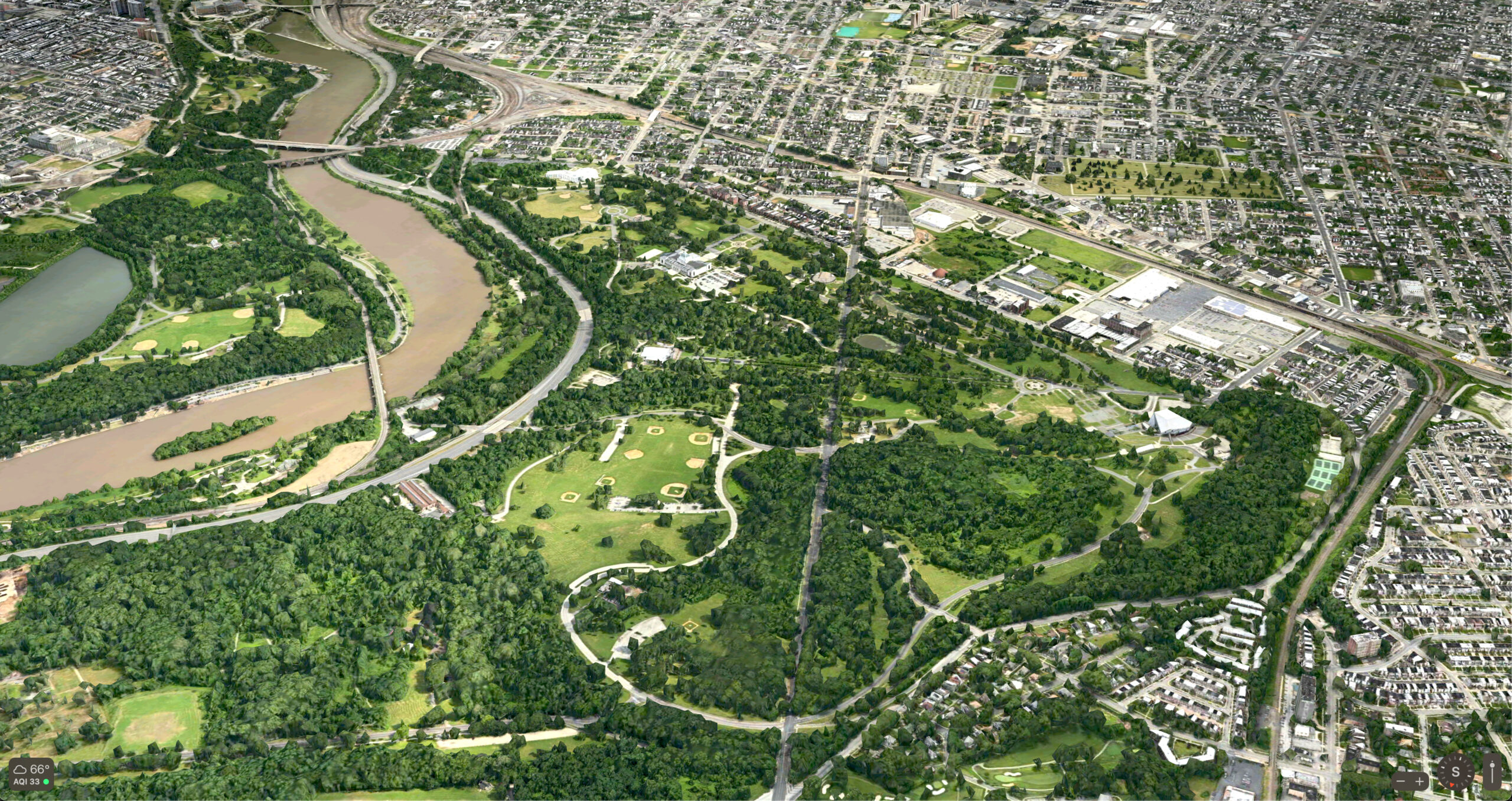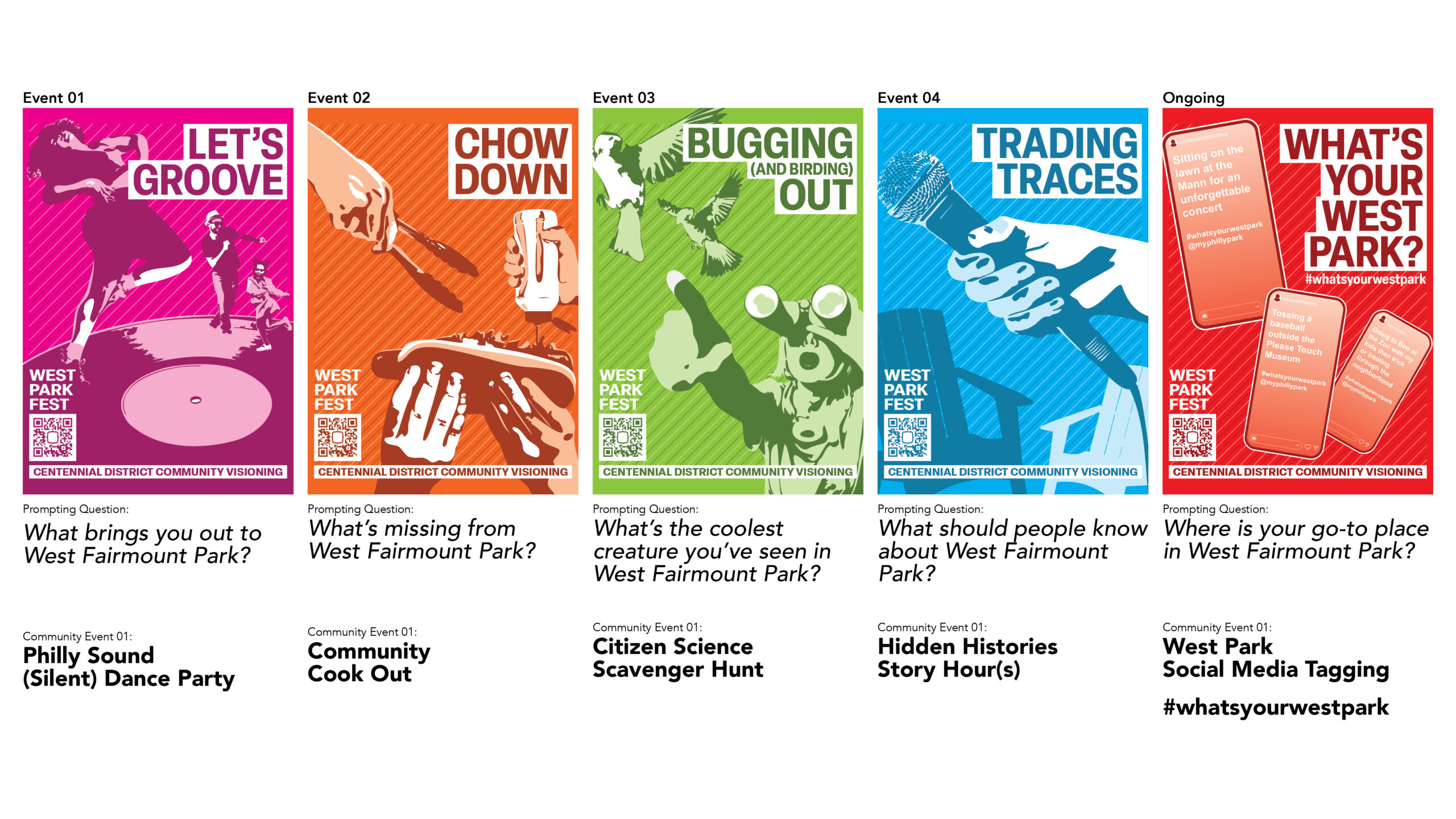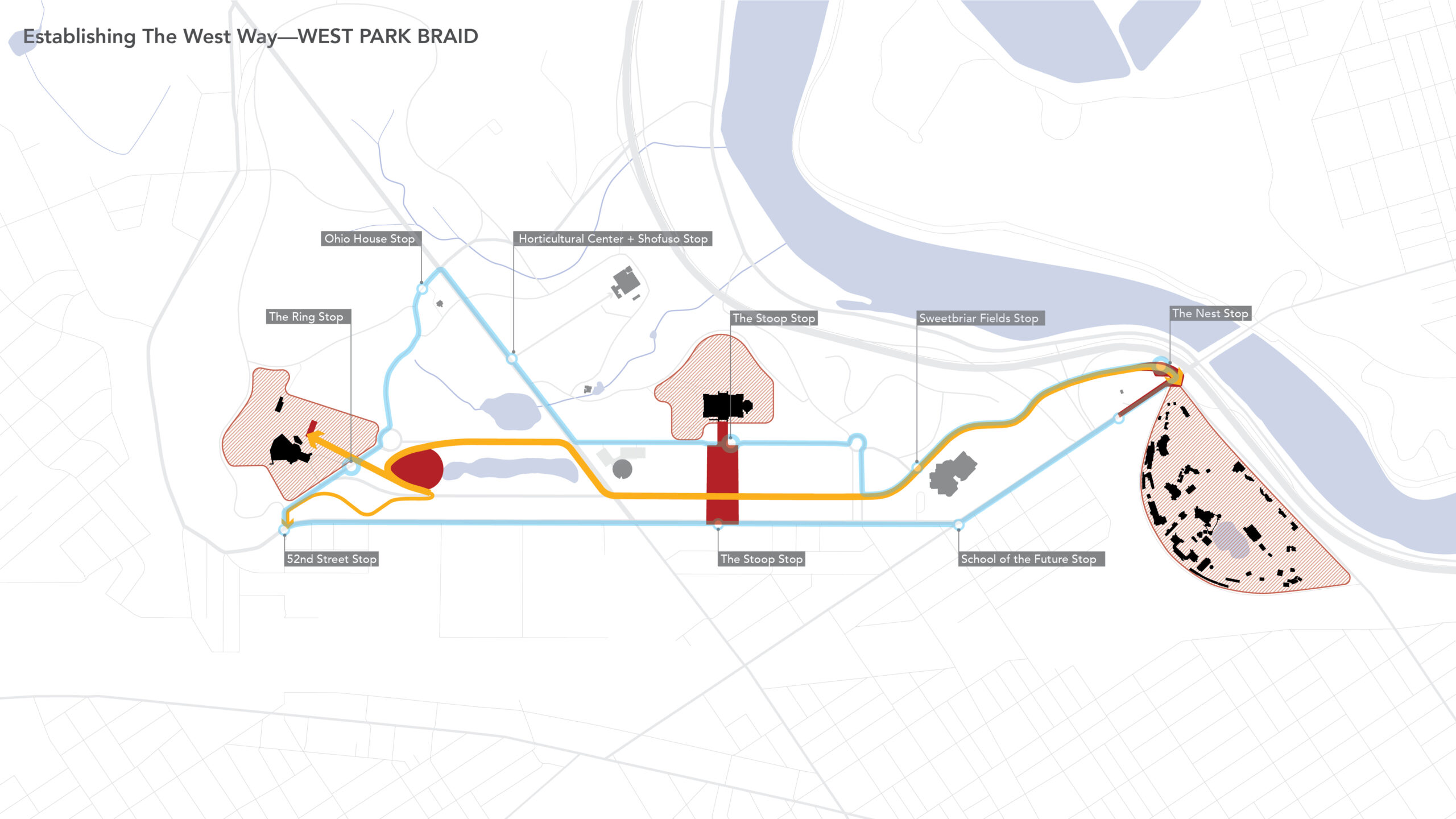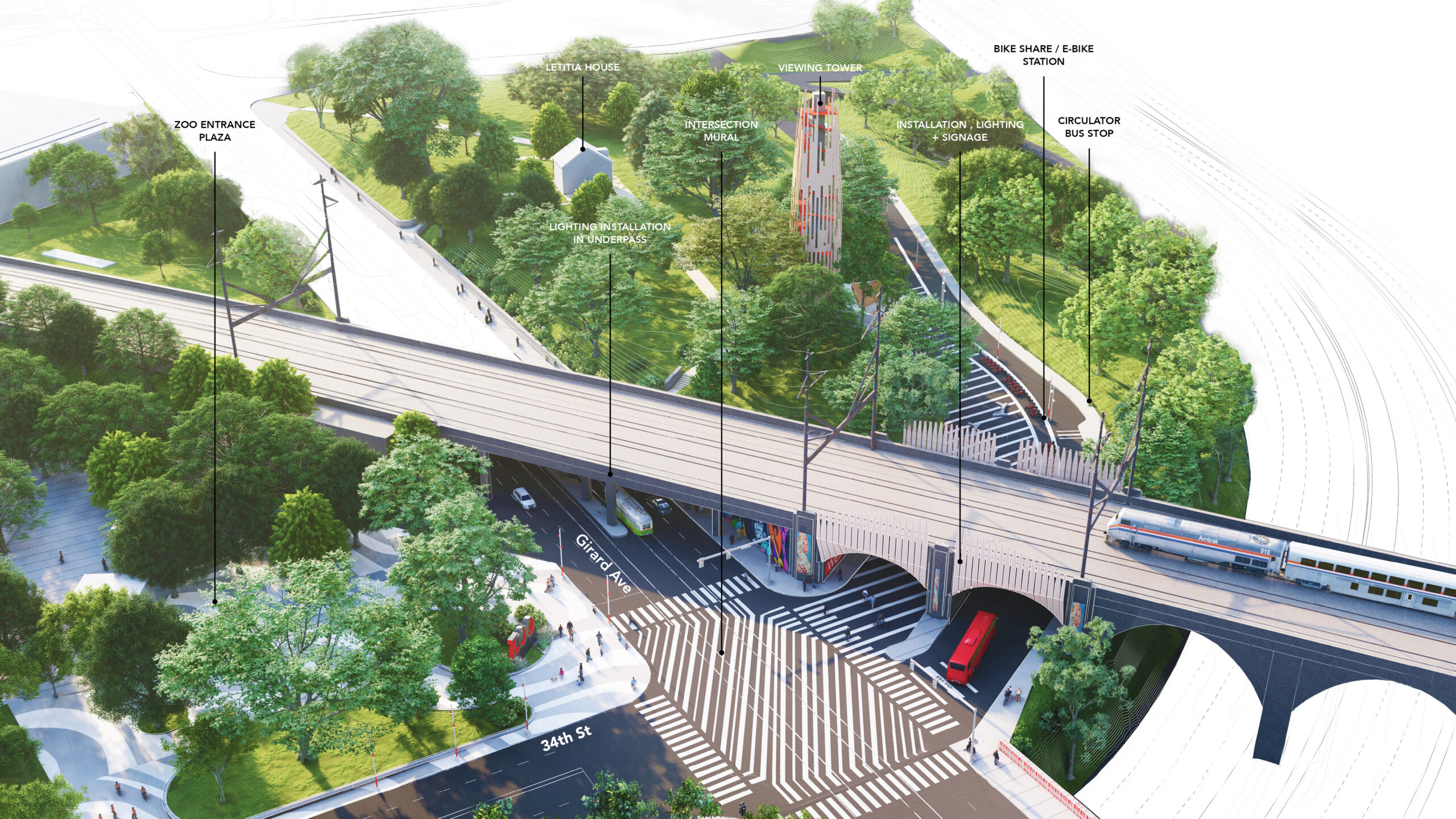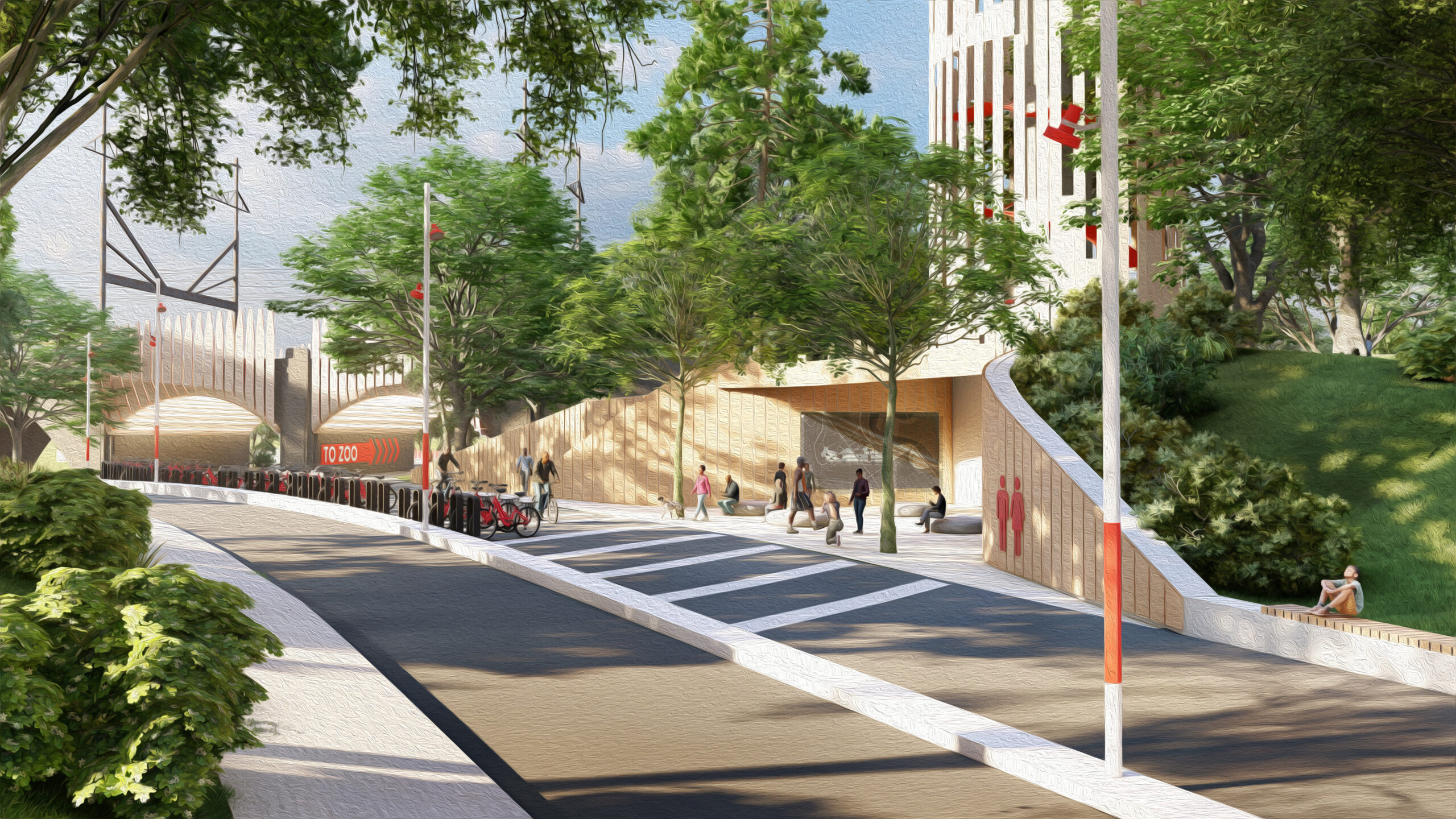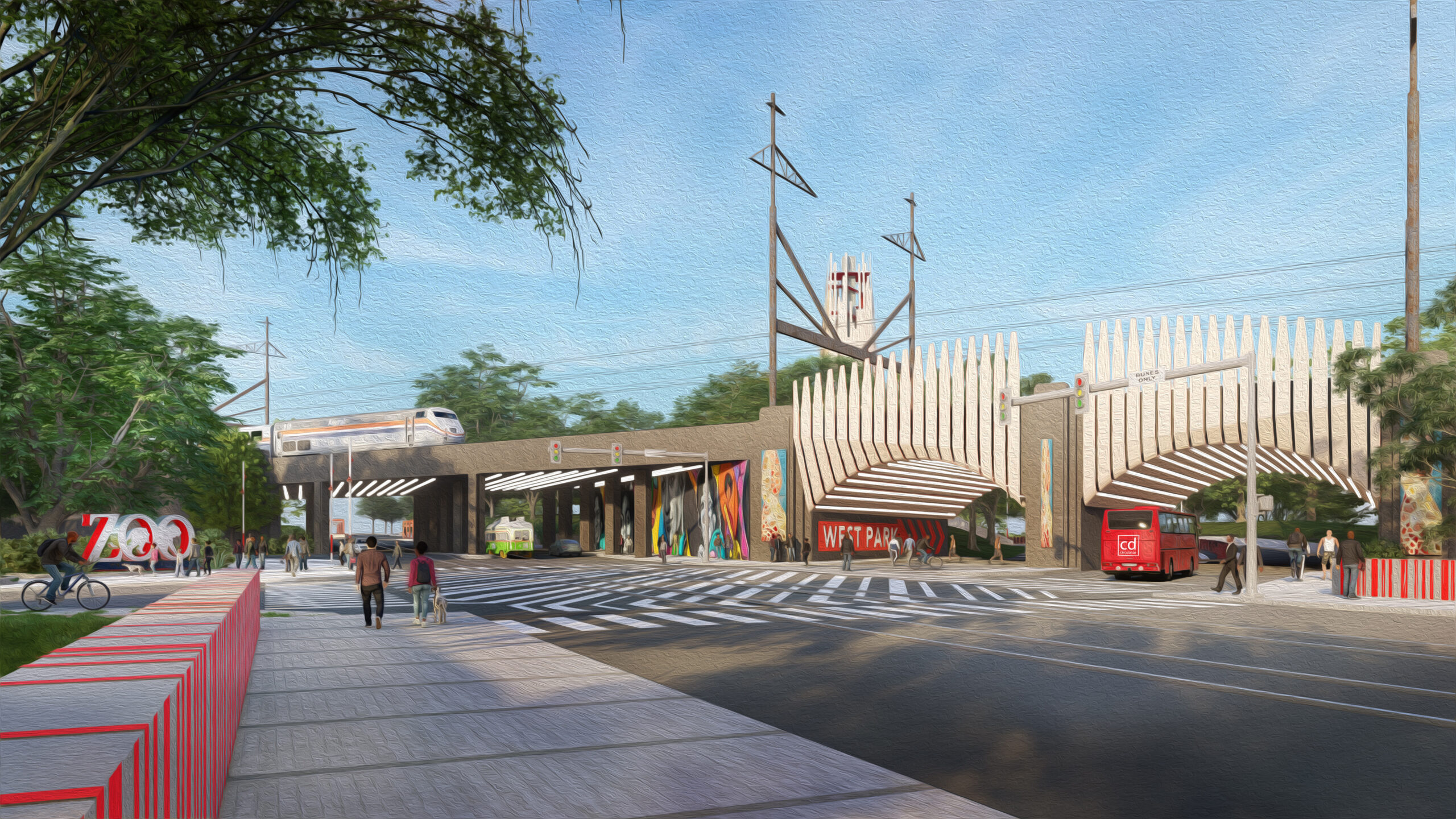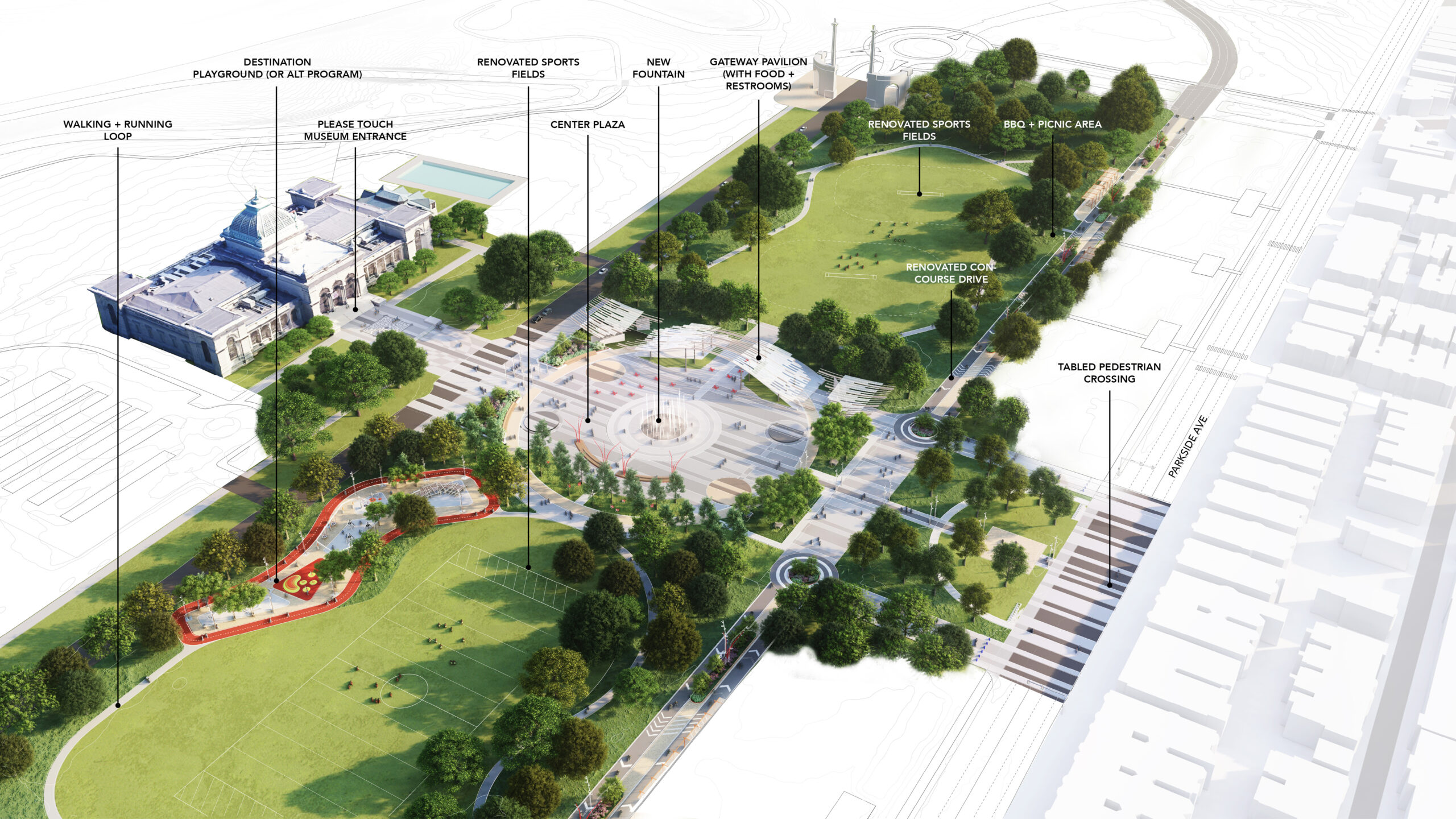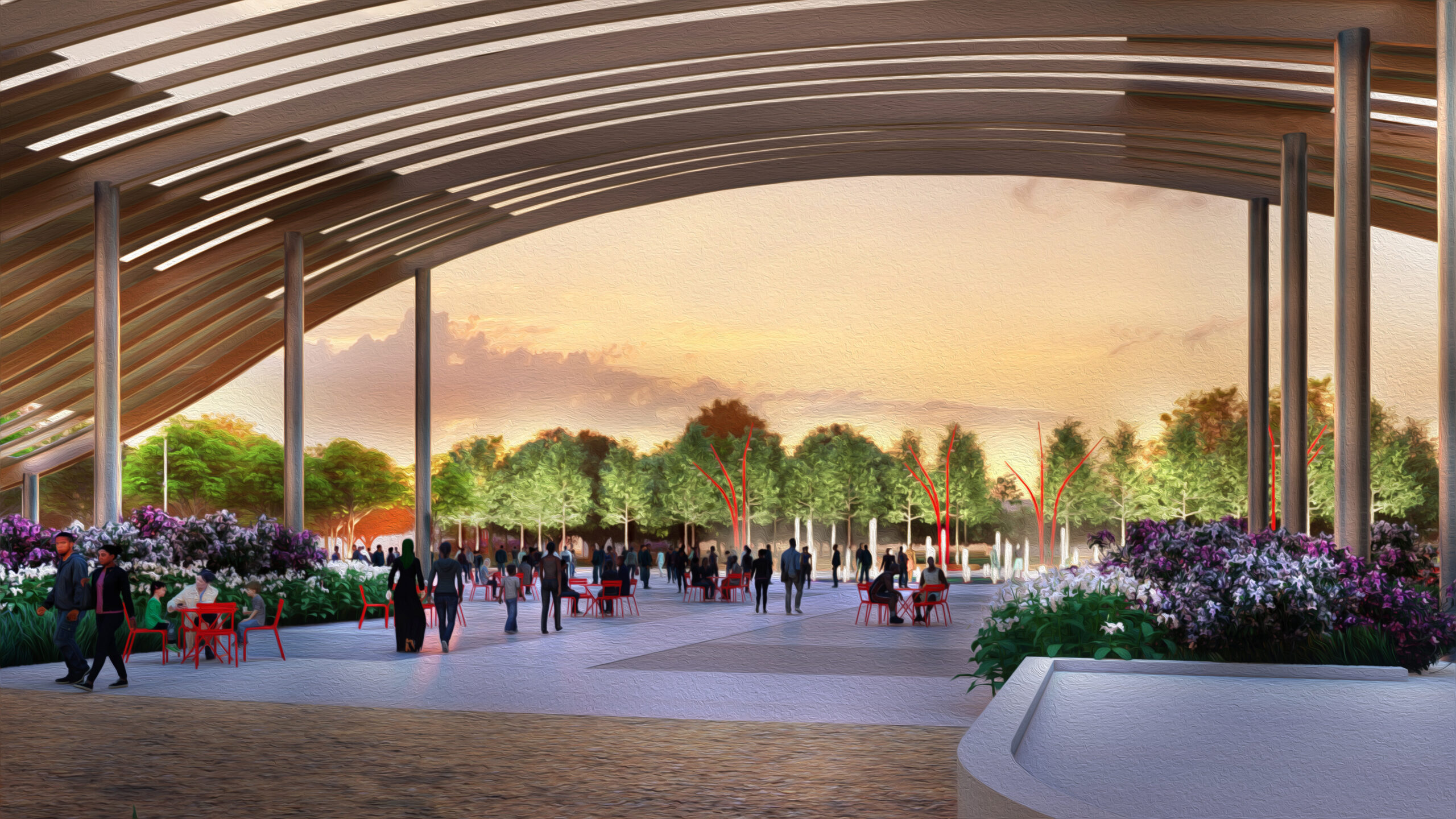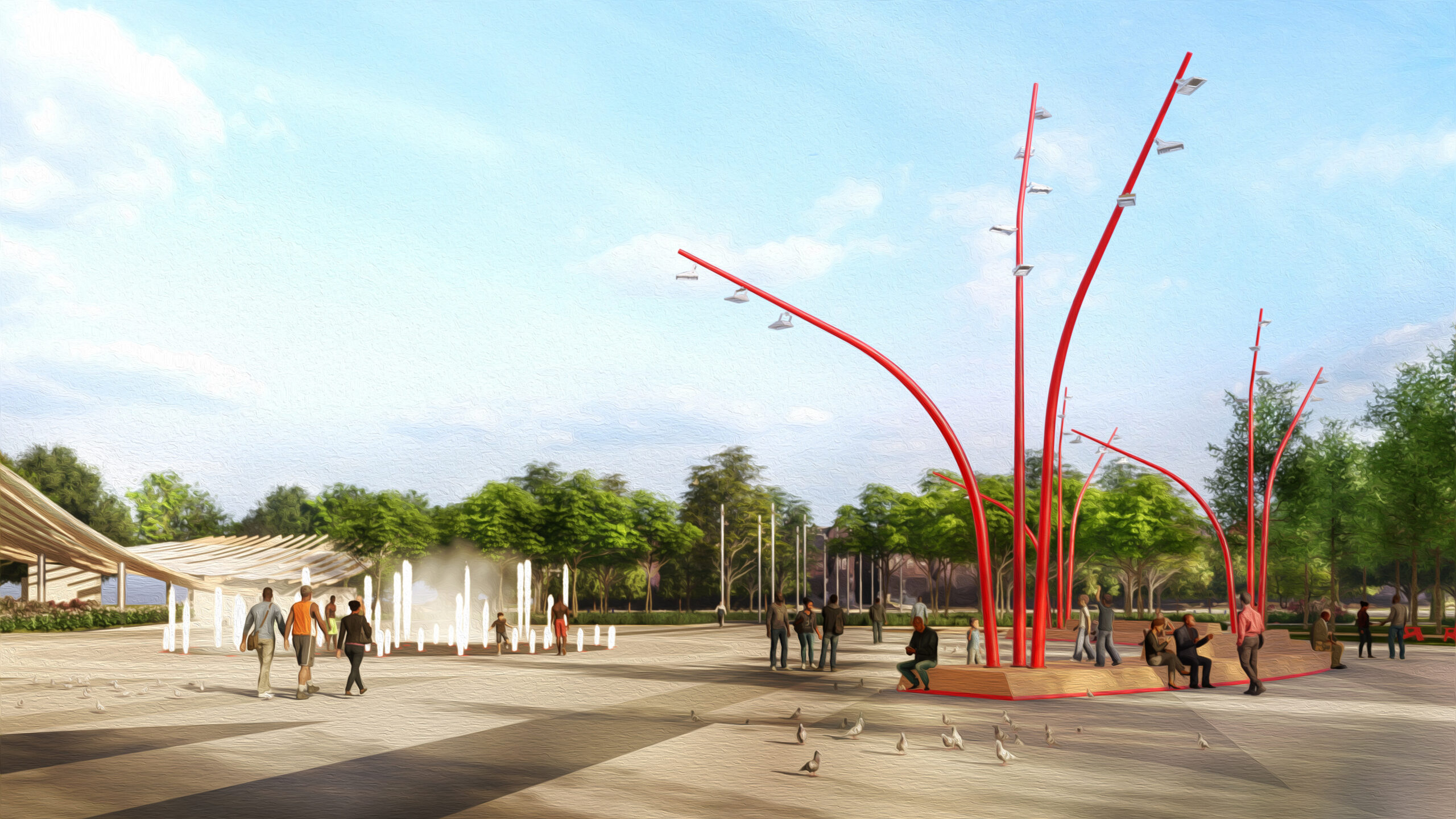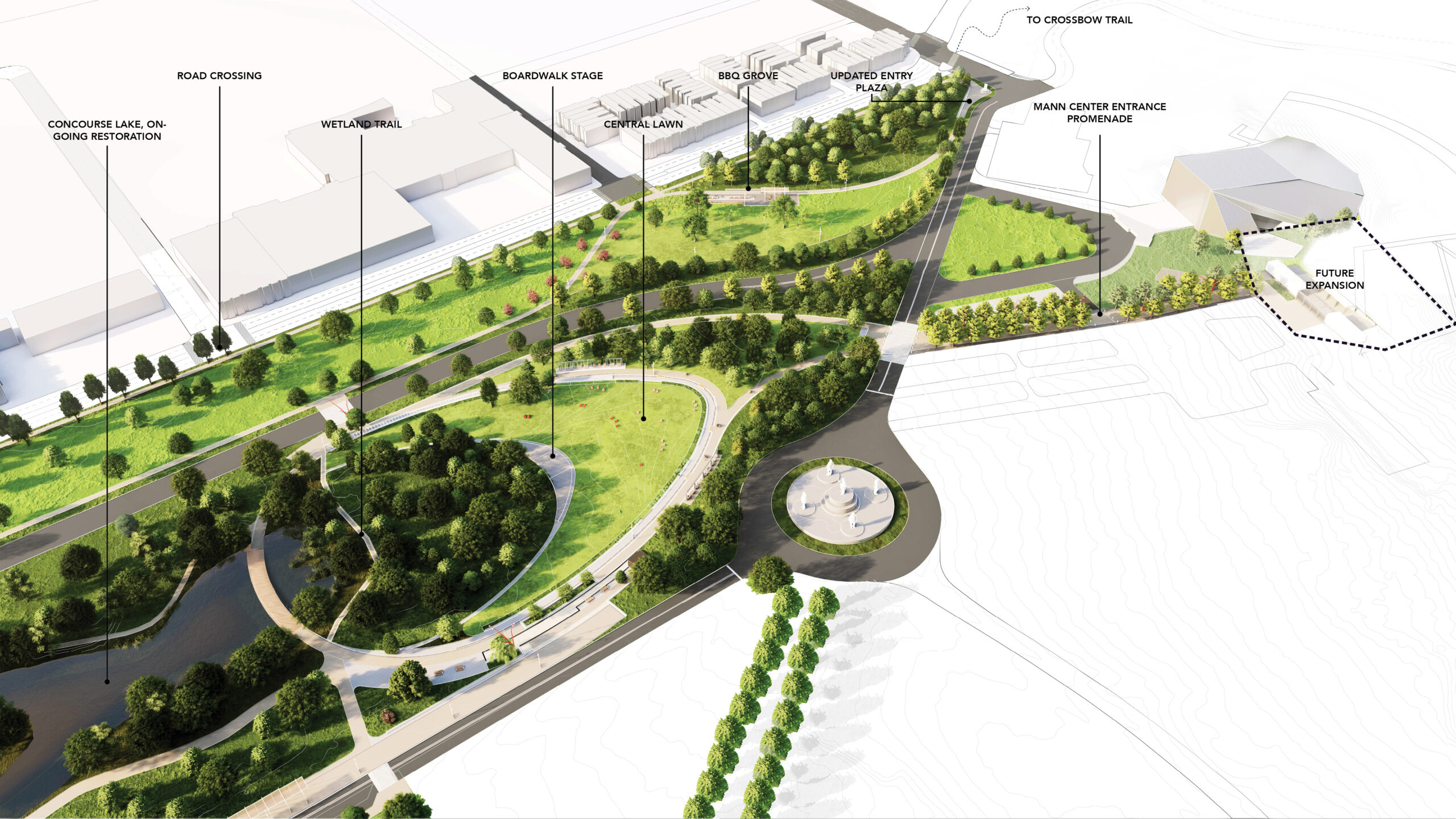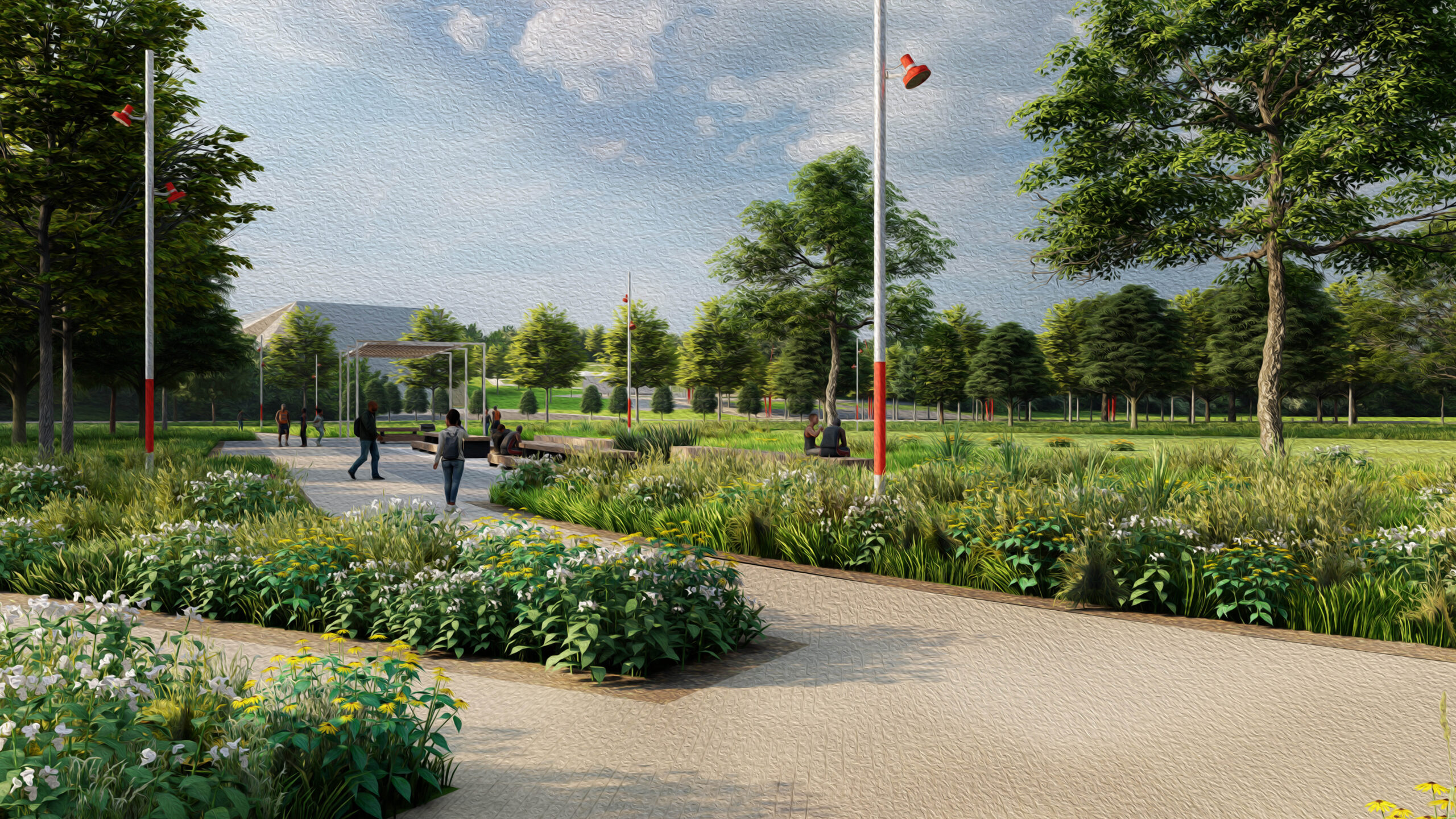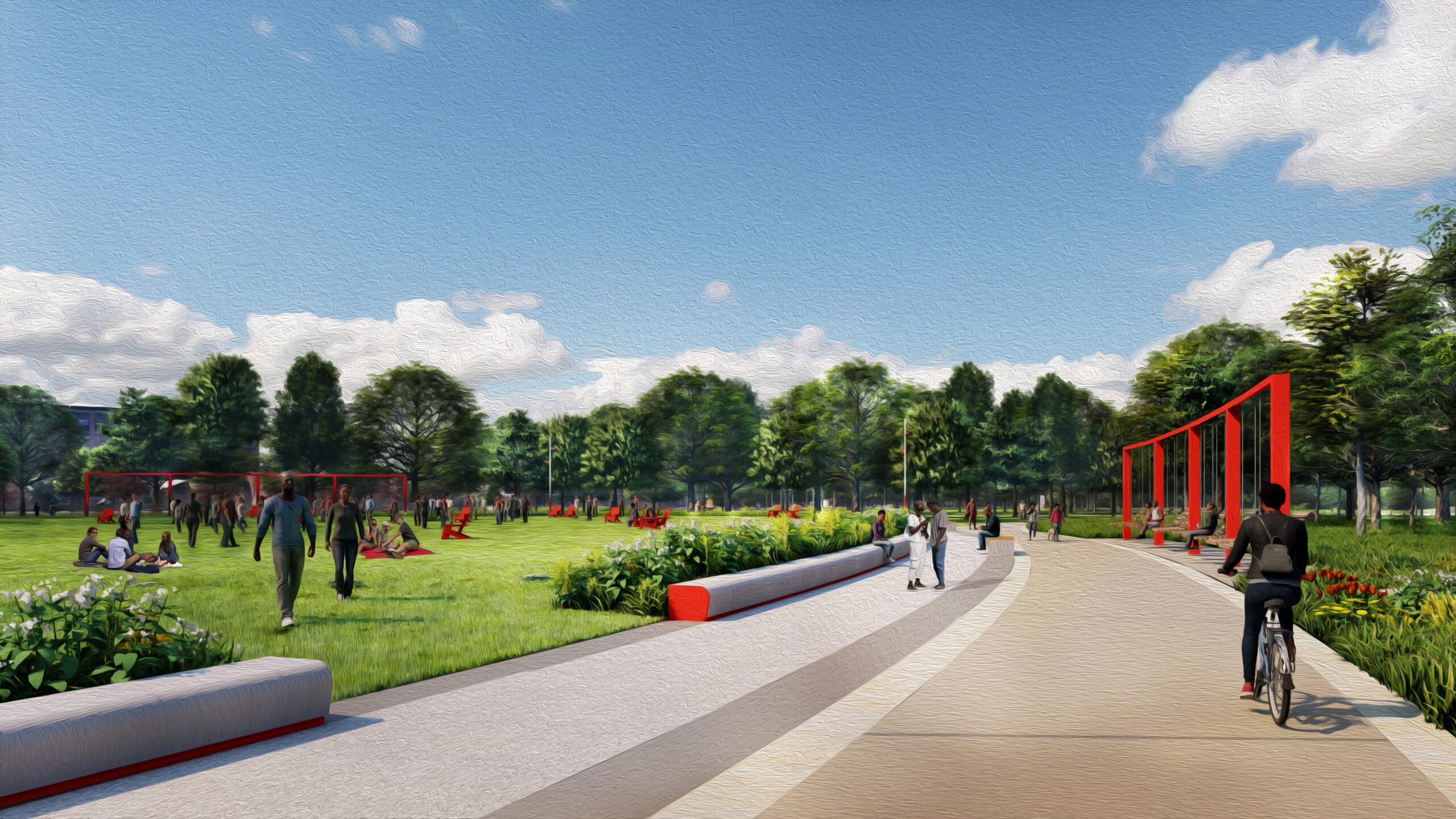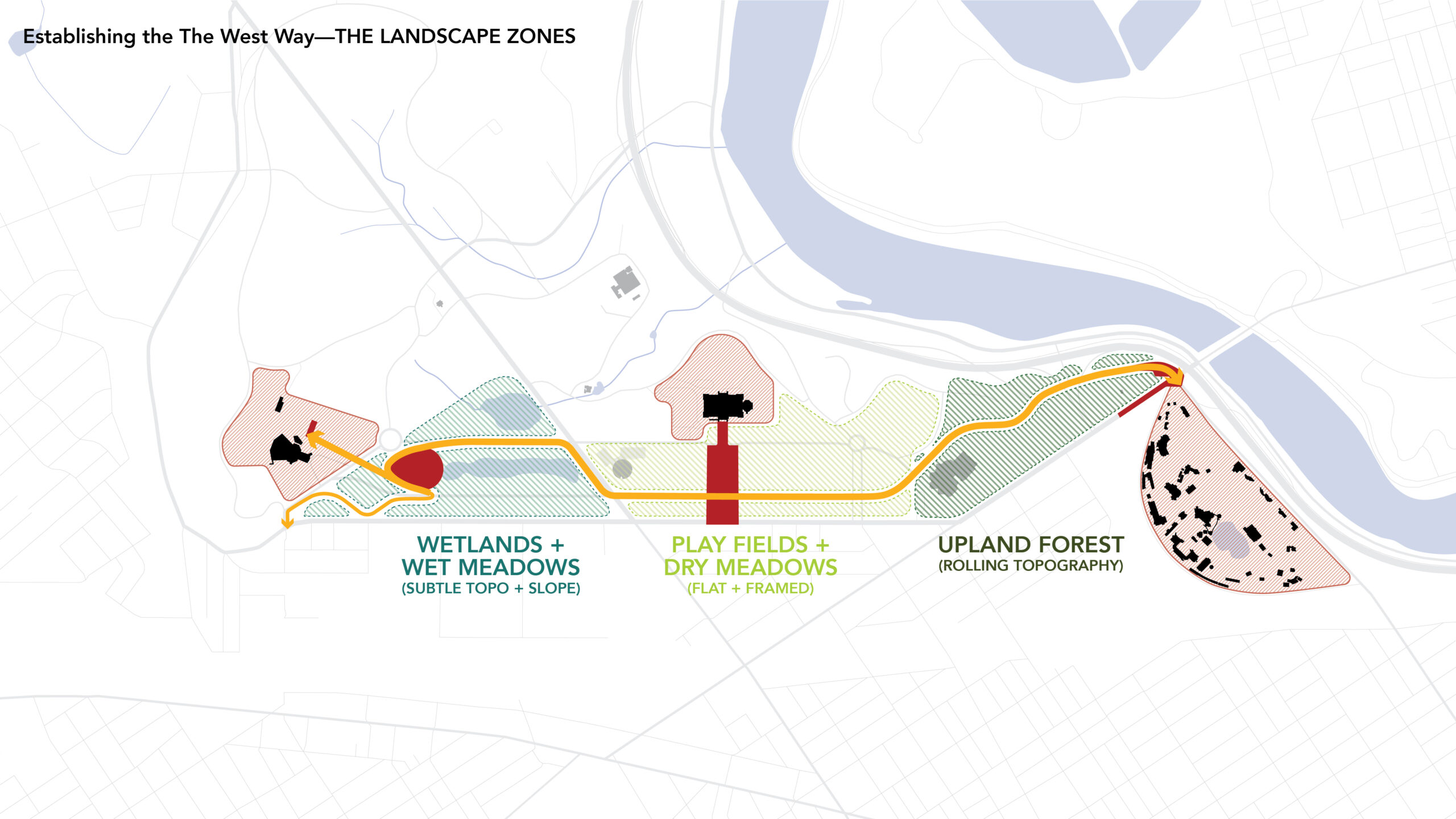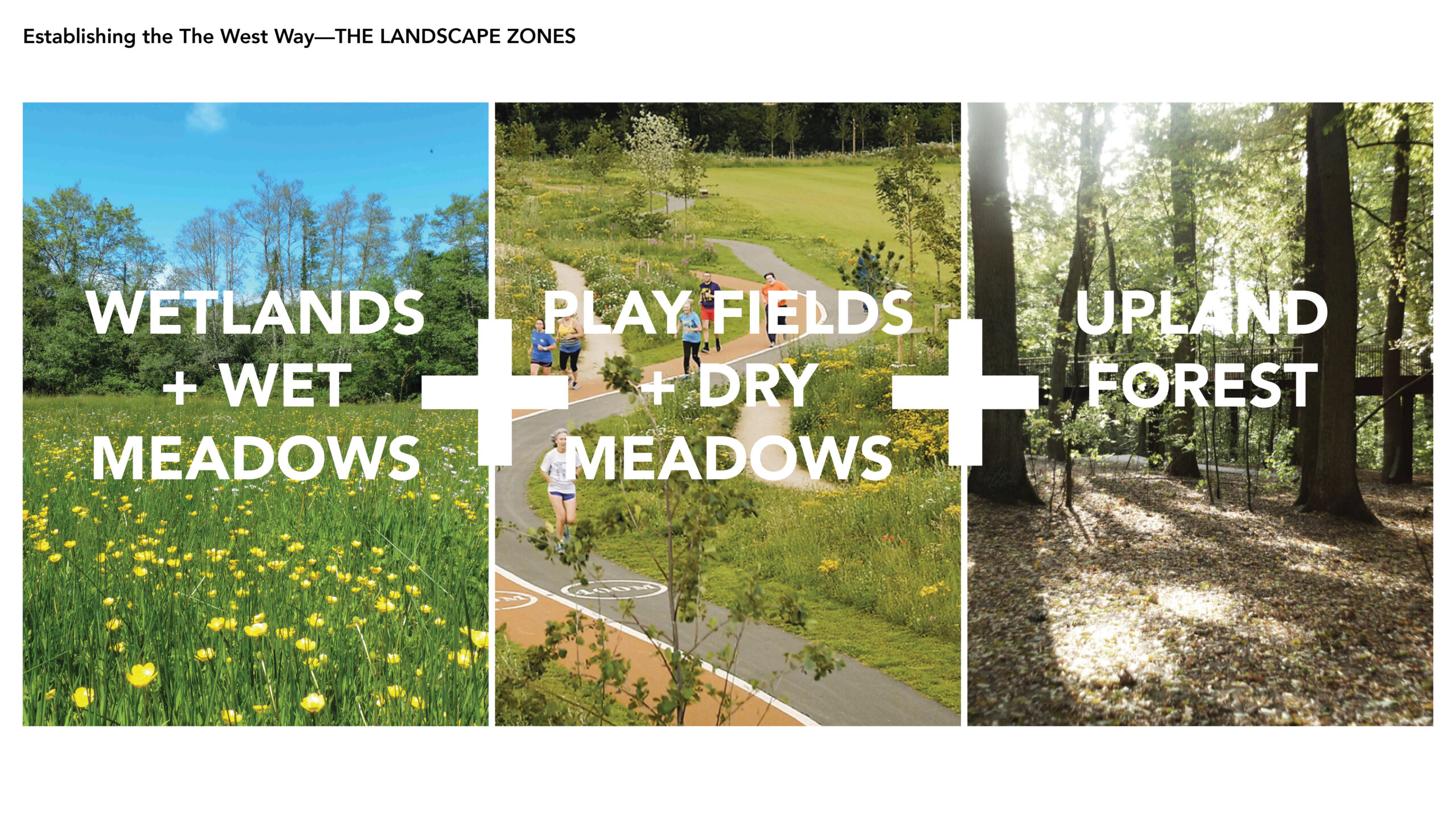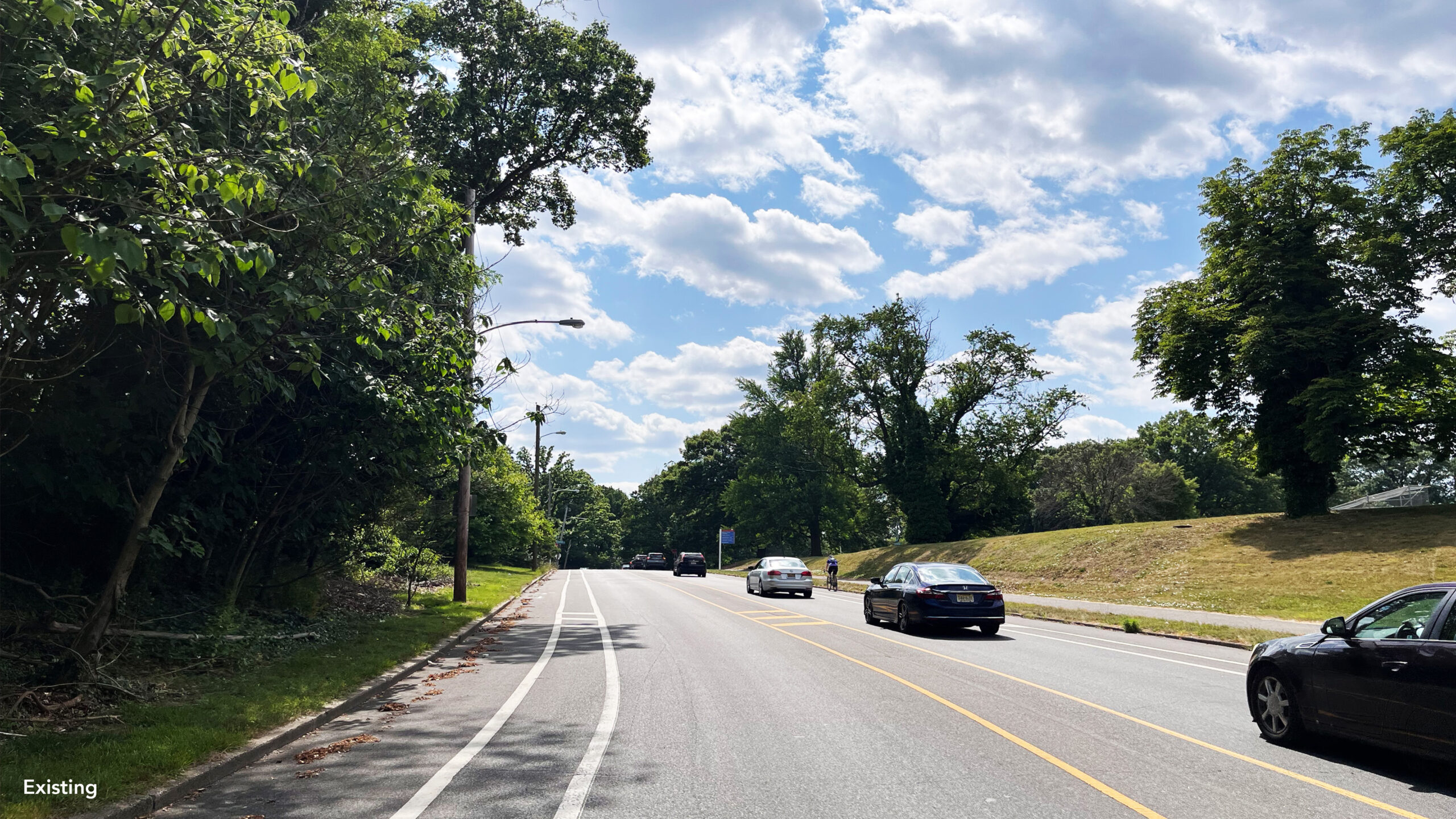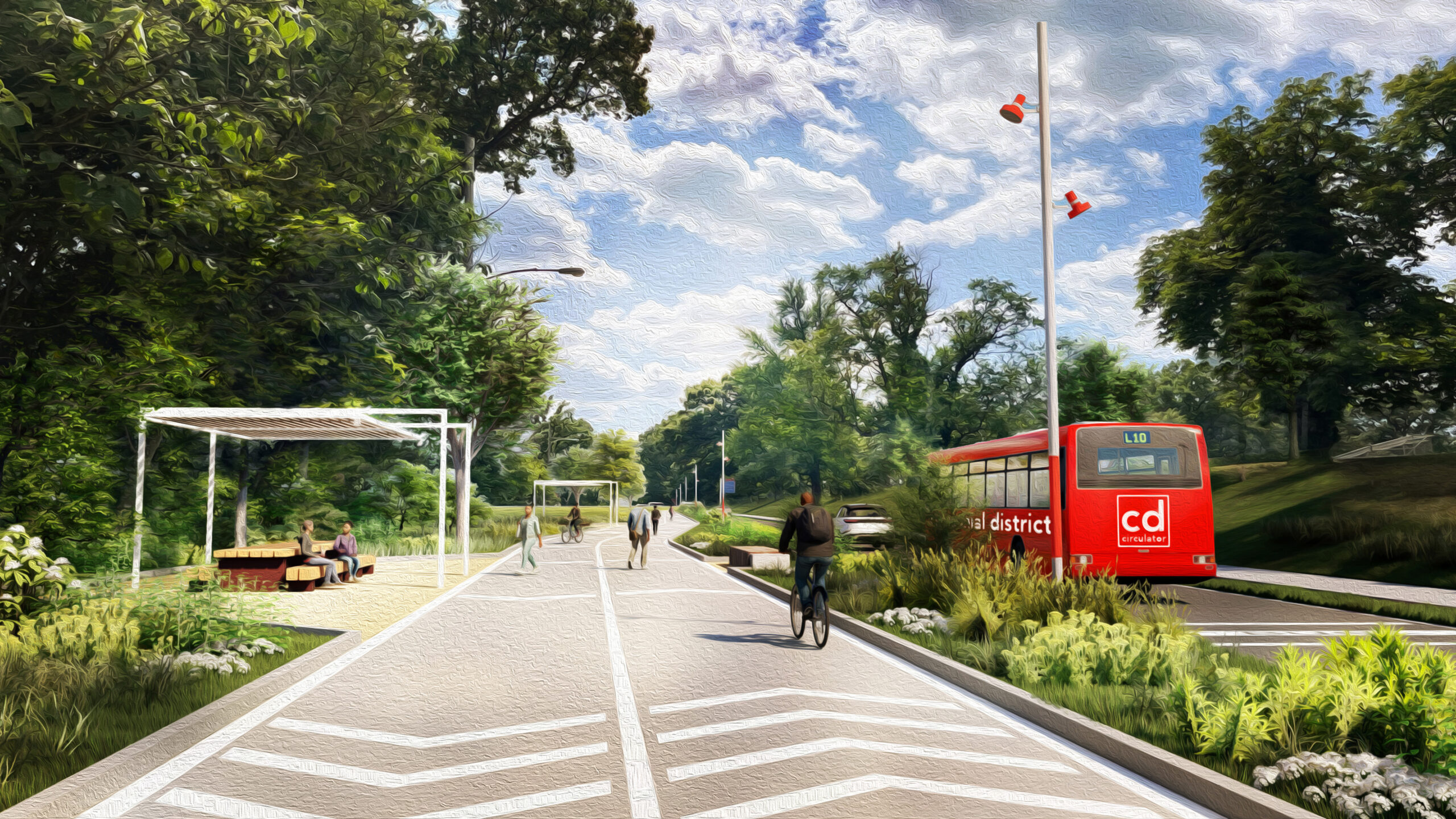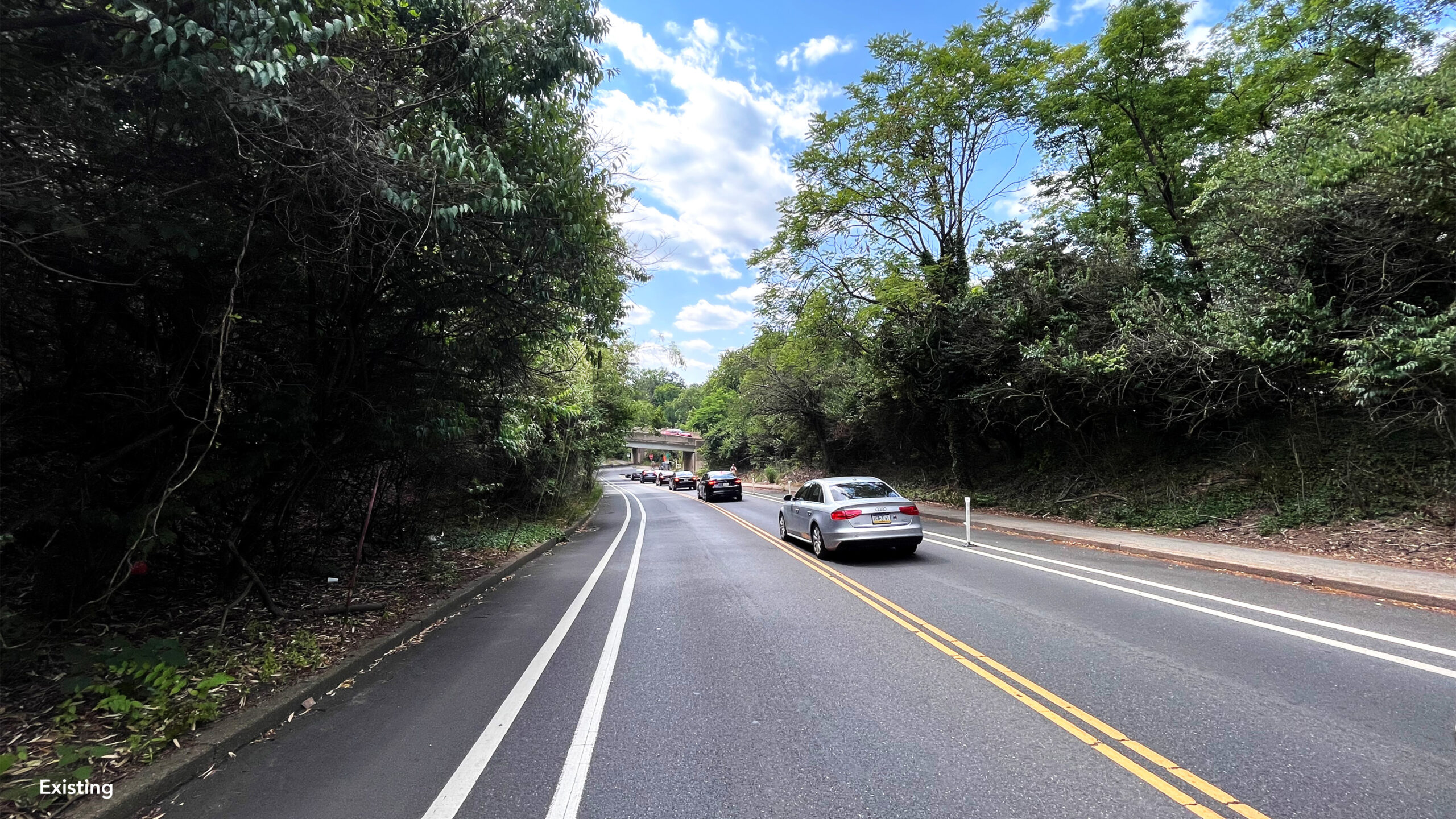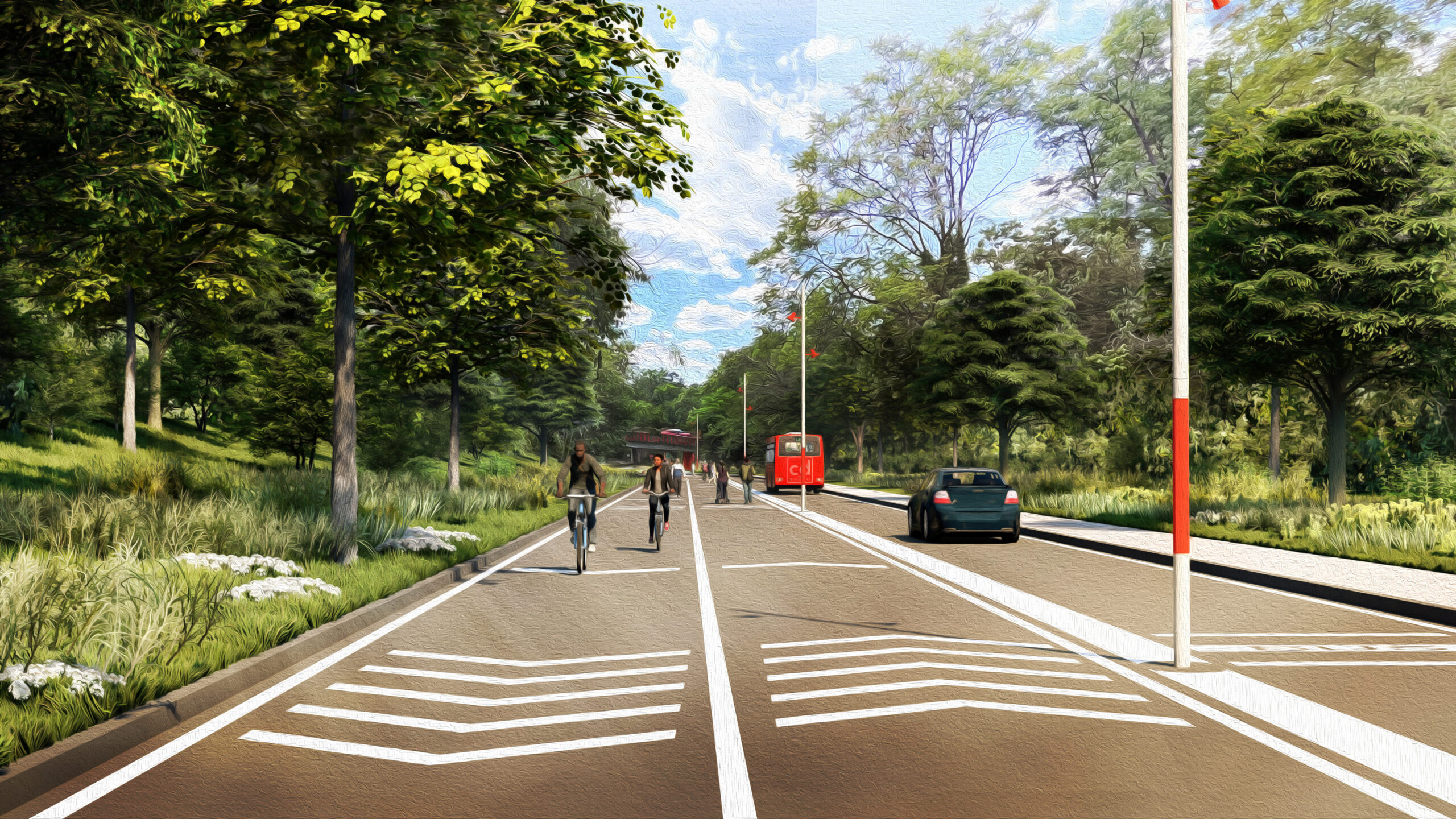A visionary plan to enhance West Philadelphia’s
key public space.
CENTENNIAL DISTRICT WORKING GROUP AND PHILADELPHIA PARKS AND RECREATION
Centennial District of West Fairmont Park
Ideas Exchange
Philadelphia, PA
PORT participated in an ‘Ideas Exchange’ to generate concepts that address the need for investment in the Centennial District of West Fairmont Park. Rather than attempt to address all 540+ acres of the district, the PORT team proposed that Fairmont Parks Conservancy concentrate actions and investments – for new programming, facilities, circulation paths, wayfinding, and expanded biodiversity – in the most visible and accessible areas of the park. Grounded in this pragmatism, the team explored interventions that would be fundamentally transformative for this important public space in West Philadelphia, yet still achievable in the near term.
The team’s approach centered on the idea that creating a truly ambitious physical plan and design needs to be built on a foundation of dynamic, experiential community engagement. Long a disinvested part of the city, the neighbors of the Centennial District in West Fairmont Park know best what needs to be done to revitalize the area. This approach aims to build trust, foster dialogue, and ensure that community needs and desires are central to the planning process.
COLLABORATORS
KieranTimberlake
Amber Art & Design
SERVICES
Landscape Planning + Design
Engagement
Aimed at drumming up interest and engagement throughout the planning and design process, the team outlined events and strategies that would make the process fun, inviting, and culturally relevant, while also leveraging partnerships community organizations and key cultural institutions in and around Fairmont Park. These “West Park Fest” events would be dance parties, community cookouts, citizen science scavenger hunts, story hours, etc. Accompanied by a bold social media presence and event promotion, these strategies were designed to grab attention and get folks out and enjoying the park in new ways.
The West Way
Back when this was the site of a World’s Fair and the 1887 Centennial celebration, this part of the park was home to a midway – a central area where various attractions, games, and concessions were located. Today, this part of West Fairmont Park remains home to three significant cultural institutions in Philadelphia: The Mann Center, Please Touch Museum, and the Philadelphia Zoo. The PORT team’s proposal was to create “The West Way” – an urban form that echoes the historical midway, connecting all three institutions and expanding their footprints and activities outwards.
